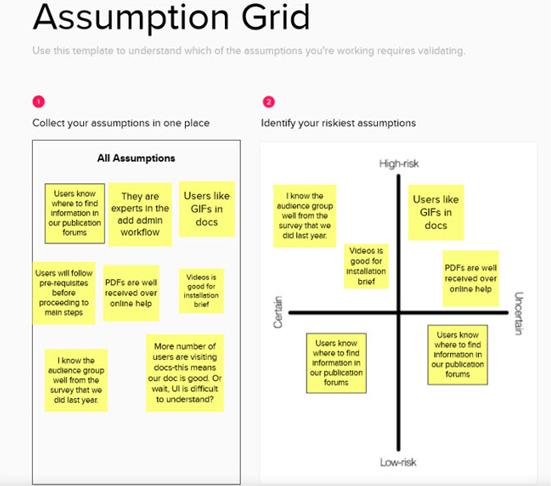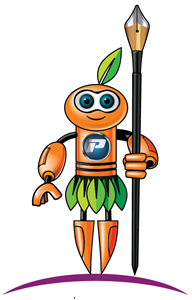11 Nov Content Audience
Do you know your Content Audience?
-Sadhana S
Technical Writers often get clenched in the rapid cycle of content development, delivery, and overlook recognizing the pulse of the content audience. Take a moment to introspect when was the last time that you gained insights into user reviews or user research reports? Ever verified what you think as the intended audience match with the real user groups of the product? Read further to know a few common user assumptions that Tech Writers have about users and how to apply IBM Design Thinking technique to understand your content audience.
User Assumptions
Based on the collective feedback received from Technical Writers in one of the content design discussions, following are some general user assumptions that were noticed.- Users have good technical knowledge about the product.
- PDF documents are preferred over online help.
- Adding videos helps users complete a task faster.
- GIFs are liked by users when used in documentation.
- I know the Persona to whom I am writing this document.
- Users have the patience to scroll through documents to find the information they need.
- Awareness about keyword search to find documentation.

Start here to understand the content audience
IBM emphasizes applying Design Thinking principles in content development in which the first step is to rule out any user assumptions. Let’s get introduced to one of the Design Thinking Tools – Mural, a visually collaborative tool that your team can use to understand the users.
- Log into Mural, choose the template ‘Assumption Grid’.
- Drag the sticky notes in the ‘All Assumptions’ box and add assumptions in these sticky notes. This exercise can be a collaborative action where Technical Writers in your team can come together and discuss user assumptions.
- Use this data to validate against the most recent user research reports, user surveys, or user feedback.
- Retain those sticky notes that hold true as the assumptions against the product users.
- Evaluate each of these assumptions and rank risk factors that are associated with these assumptions such as high risk, uncertain, low-risk, and certain risks.
- Export the data as a PDF, PNG image, JIRA, or GitHub issues to create further actionable items. You can also use Share Mural option to invite stakeholders to collaborate on the assumption grid.
This activity can be one of the great ways of knowing your audience and ruling out any assumptions about the content audience. You can anytime revert to the assumption grid and update the details to keep it relevant to the current user group. This grid also serves as a handy material for anyone in the team to know the user base. Now that you know about the Design Thinking principle in understanding your content audience, get started to author user-focused content without any user assumptions.
About the Author
Sadhana S is a Technical Writer by passion, Sadhana S is an experienced Information Developer and Design Thinking Co-Creator at IBM. She also authors blogs and owns https://sadhanainspiresyou.com/ blog site. In her free time, she is a wanderlust and bottle art designer.





Sunil Achary
Posted at 15:11h, 22 NovemberA great piece of guideline to analyze the target audience while developing content. Thank you for sharing this insight, Sadhana!
Sadhana S
Posted at 00:06h, 08 JanuaryThanks very much Sunil!